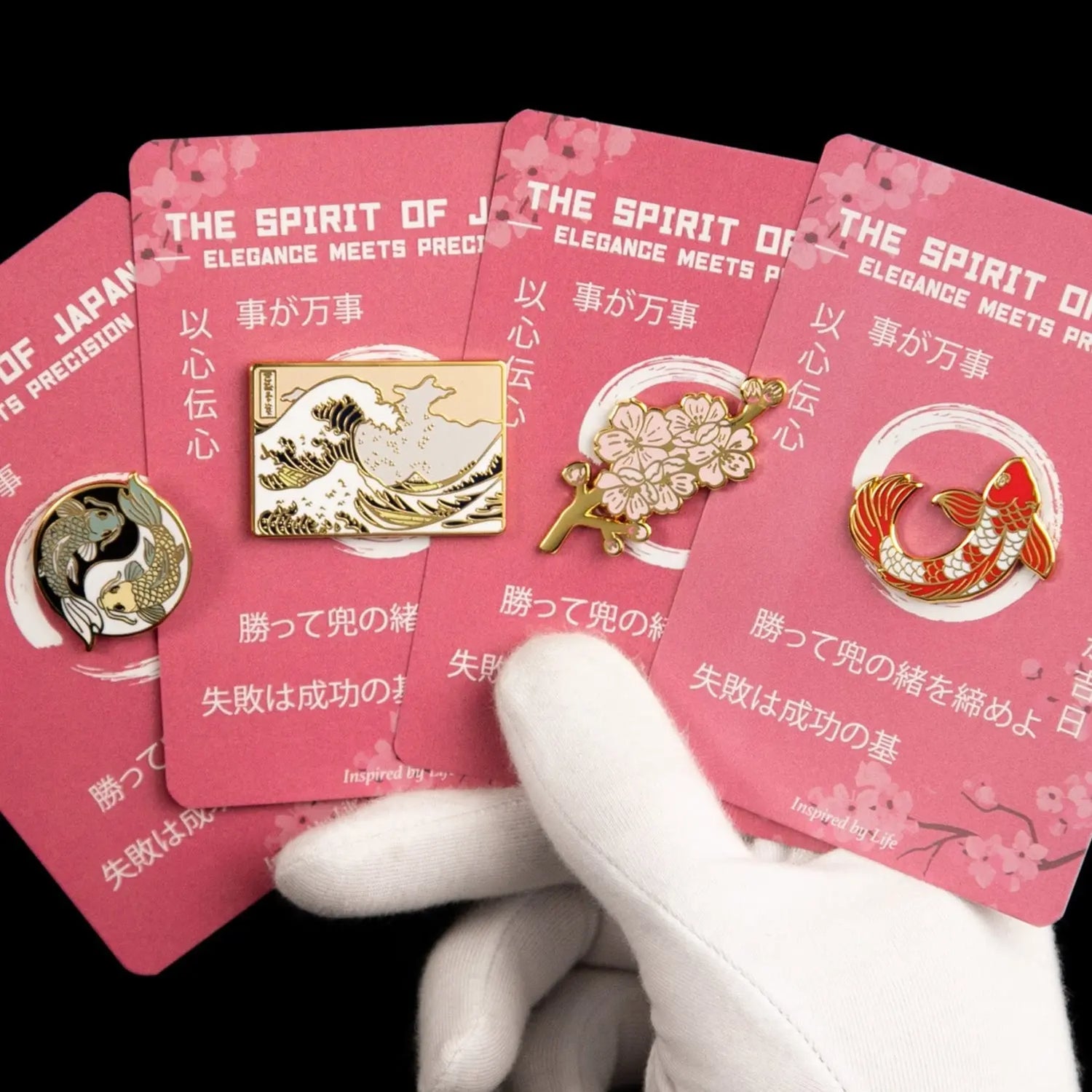
Why Marcus Aurelius' Equestrian Statue Remained Unscathed
Imagine walking through Rome, where every step seems to echo with stories from the past. As you wander, you come across the grand equestrian statue of Marcus Aurelius. It's almost like it's caught in time, mesmerizing in its presence. But how did it survive when so many others didn't? Surprisingly, its survival wasn't due to its own fame but rather a case of mistaken identity. Curious? Let me tell you why.
The Middle Ages: A Time of Destruction
The Middle Ages were harsh on the ancient relics of pagan Rome. Statues of emperors from the pre-Christian era were often destroyed or repurposed because of their ties to forgotten gods. Yet, somehow, the Marcus Aurelius statue made it through untouched. How did it sidestep the destruction that claimed so many others?
Mistaken for Constantine
The statue's survival comes down to a historical mix-up, much like something from a comedy of errors. For a long time, people thought it was a tribute to Constantine the Great, the emperor who welcomed Christianity as the empire's faith. While this was indeed a mistake, it worked out well for Marcus Aurelius’ statue.
For centuries, Constantine was seen as a hero, marking the shift from paganism to Christianity. To protect what they thought was Constantine’s statue was like honoring the Christian foundation of the empire. This misconception kept the Marcus Aurelius statue safe, while others fell.
The Statue Today
Today, there's no confusion about who the statue represents. Historians and art lovers cherish it as a link to Marcus Aurelius, the philosopher-emperor whose thoughts on human nature still inspire us. The statue, made of bronze, symbolizes more than just its material—it's about the power of misunderstandings and heritage.
More Than Just Metal
Marcus Aurelius might have seen the humor in the mix-up. His writings, rich in reflections on human nature and the vast, impartial universe, delve beneath appearances. Isn't it appropriate that his likeness survived because of a superficial mistake? Now, it stands as a symbol for reflecting on identity and heritage.
In Rome today, the statue isn't just a relic; it's a narrative cast in metal. It invites visitors to ponder the strength of stories and shows that salvation often hides in unexpected places.
Experience History in Rome
Visitors to Rome are drawn to this relic, its bronze surface playing with light and shadow. It's seen countless hands and eyes over the ages. Like the iconic Colosseum, it bookmarks a moment in our shared history.

Love history's wonders? Check out our carefully curated pieces. The Colosseum of Ancient Rome Enamel Pin brings a piece of ancient grandeur into everyday life.
History’s Quirks and Their Impact
The story of Marcus Aurelius' statue reminds us of history's unique twists. It makes us wonder how context and perception can determine fate. If not for the Church's admiration of Constantine, the statue might not exist today. As visitors pass its steady gaze, they connect with a story as enduring as its bronze form.
In a world where stone and metal outlast their creators, misinterpreted relics like the Marcus Aurelius statue show us that reality can be stranger and more beautifully complex than fiction.
A Lasting Curiosity
So, the statue stands not only as a piece of history but as a testament to how mistakes can safeguard the past. As you think about this story, ponder what other wonders might be concealed behind errors, waiting for their turn in the spotlight. Isn't it amazing how misunderstandings can keep history alive, ready to share its tales with future generations?
Why was Marcus Aurelius' statue mistaken for Constantine?
In a historical mix-up, the statue was thought to represent Constantine the Great due to its grandeur, aligning with Constantine's symbolic status as the first Christian emperor.
What material is Marcus Aurelius' statue made of?
The statue is made of bronze, which contributed to its endurance over centuries, surviving elemental wear and civilization changes.
What does the Marcus Aurelius statue symbolize today?
Today, it symbolizes the resilience of cultural heritage and the power of historical misunderstandings, being a cherished link to the philosopher-emperor.

